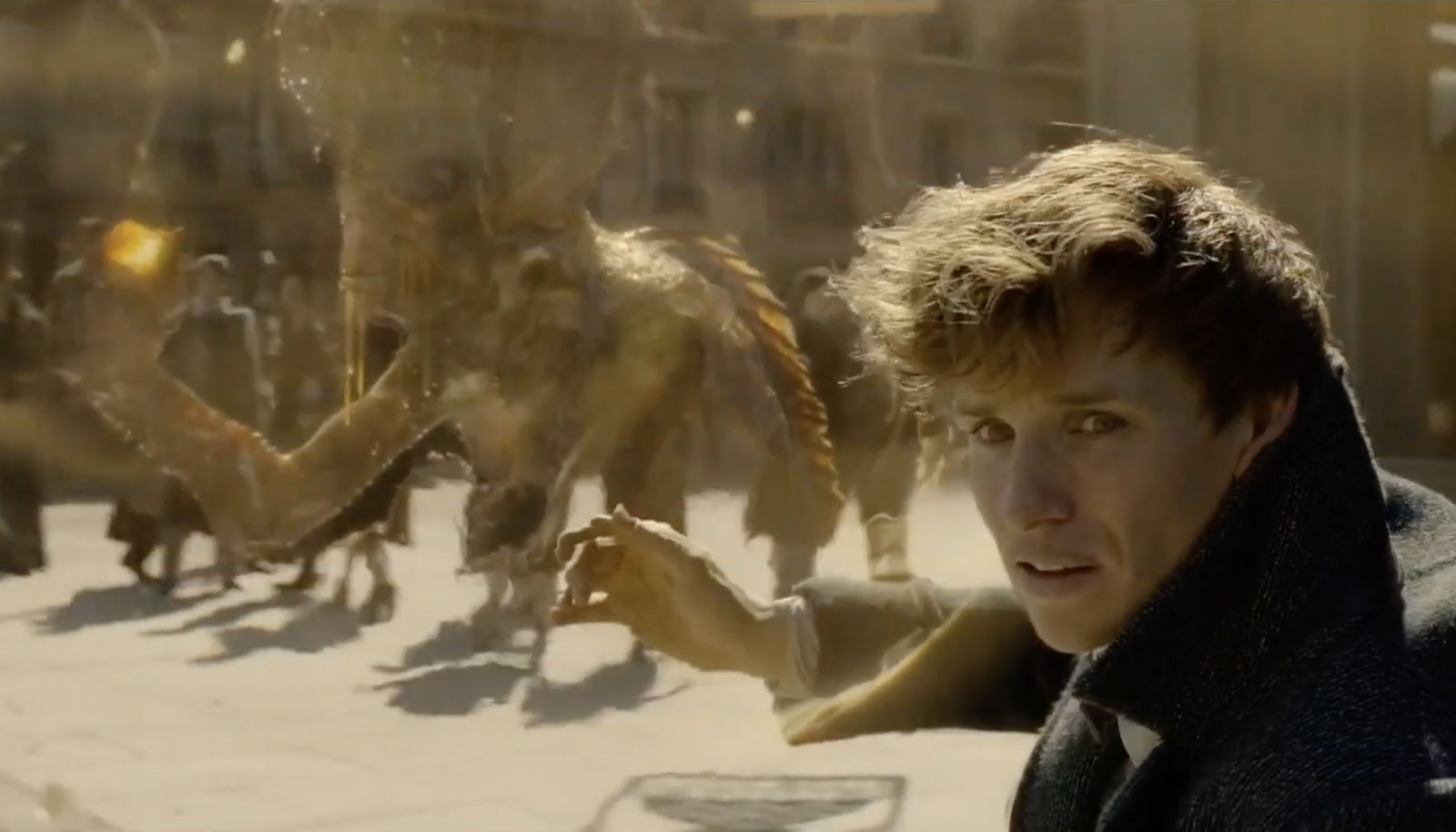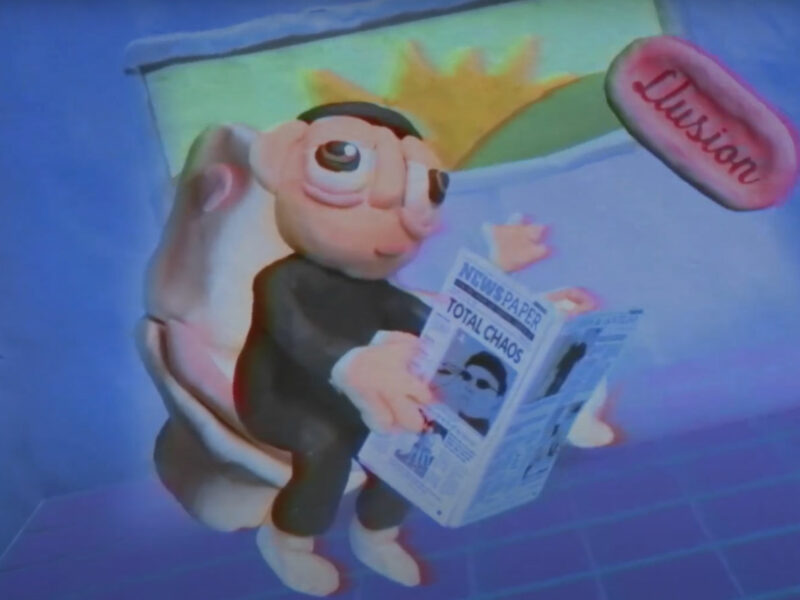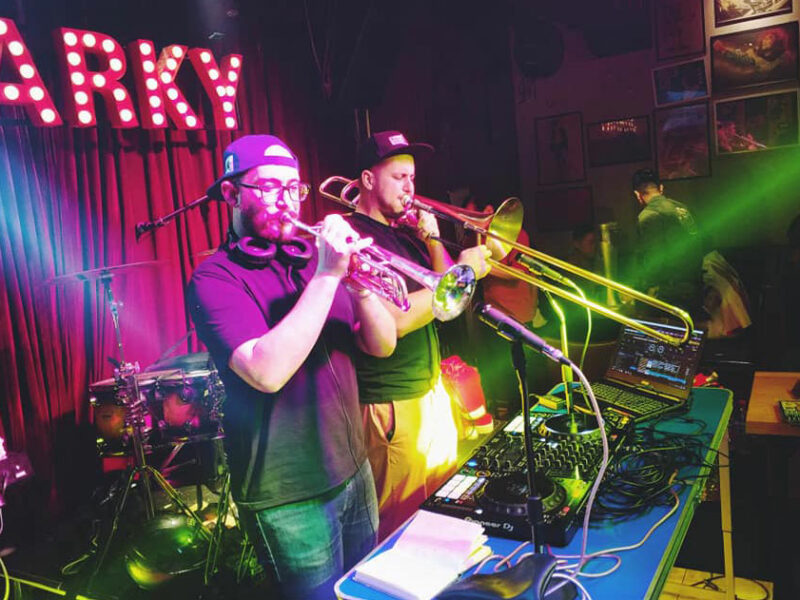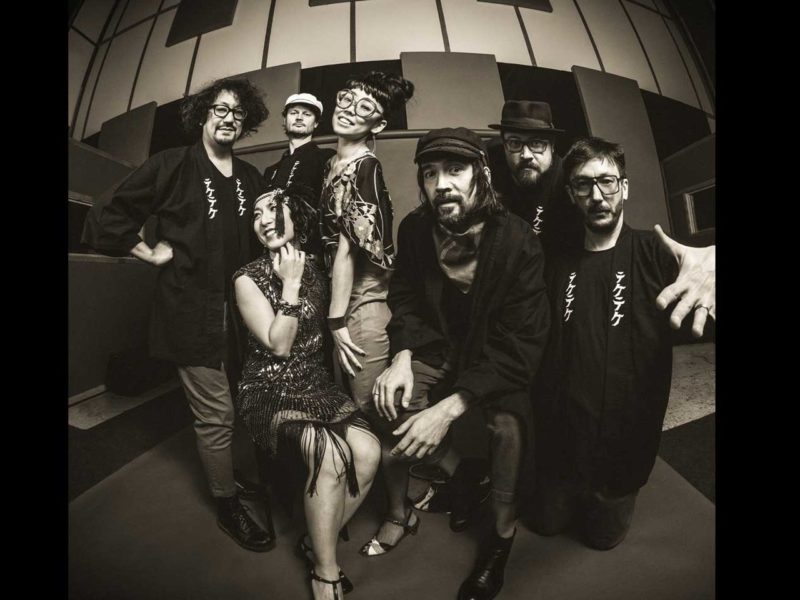
5 Pop Culture Characters That Have Monstrous Japanese Yokai Roots
This post is also available in:
 日本語 (Japanese)
日本語 (Japanese)
Different cultures have their own monsters. Japan’s monsters are called yokai, and there are tons of them, some terrifying, some rather charming. Yokai have been documented since the Edo period and play an important role in Japanese culture, appearing in holidays and traditions and as regular characters in Japan’s performing, visual, and literary arts. And they still do! Many people may be surprised to find that familiar characters in pop culture are inspired by, or really are, Yokai.
#1 Exeggutor from Pokemon
You may have heard of Pokemon, the media franchise phenomenon featuring tough, adorable monsters and the Pokemon trainers who use them to battle other Pokemon. If so, you probably know of Exeggutor, a three to six-faced palm tree. Believe it or not, this creature is based off the Jinmenju, a Yokai dating back to 1712 when it was published in the illustrated encyclopedia “Wakan Sansai Zue.” Jinmenju laugh and smile, and their many faces can fall much like regular fruit off a tree. The Exeggutor is only one of many examples of Yokai-based Pokemon—so if you’re a Pokemon fan, you can have a field day monster-hunting within just this one franchise!
#2 Jibanyan from Yo-kai Watch
The influence of Yokai is a centerpiece in this popular franchise. What at first started as a video game now has its own manga and TV series.Yokai Watch’s character Jibanyan was ran over by a truck, died, and became a Yokai. Now, “When he’s not lying around and eating choco-bars or admiring the pop sensation Next HarMEOWny, Jibanyan likes to practice his ‘Paws of Fury!’ on passing trucks—usually with painful results!” Pretty cute, right? Now, how cute is he after we tell you that he is believed to be inspired by nekomata, human-like monster cats that kill people, practice necromancy, and definitely do not listen to pop sensation Next HarMEOWny?
#3 Kodama from Studio Ghibli
Studio Ghibli is known for its breathtaking artwork, which frequently depicts particularly beautiful portrayals of nature. One being of nature that Studio Ghibli portrays is the Kodama that appear in Princess Mononoke and My Neighbor Totoro. Considered to be a tree’s god, kodama are tree spirit yokai who protect forests and whose life ends with its tree. As a result, cutting a tree inhabited by a Kodama is believed to bring misfortune.
#4 Kayako from The Grudge
The Grudge is an internationally loved Japanese horror film in which a curse brought about by the murder of Kayako Saeki wrecks havoc long after her death. The Grudge is a remake of the Japanese film “Ju-On”. Her character is actually based on a figure that’s been haunting Japan for ages—she’s an onryō, a type of ghost, or yūrei. Onryō are vengeful ghosts, and no matter who it was that wronged them in life, their wrath in the afterlife does not discriminate. Their curse can be passed on to anybody unfortunate enough to come upon it. Try watching this classic again, now that you know its terrors are more common than you may have thought!
#5 Kappa from Harry Potter
If you’re a Harry Potter fan, then you might be familiar with the kappa, a creature that appears in Harry Potter and the Prisoner of Azkaban and Fantastic Beasts: The Crimes of Grindelwald. Kappa are reptilian yokai with dents in their head that must be filled with water at all times. They live in shallow ponds can be dangerous enough to drown and eat humans, or friendly enough to befriend and play games with them. They are also cucumber lovers, so it makes sense that cucumber rolls in Japan are called kappa maki!
Did any of the characters on this list surprise you? Does knowing the ancient roots of popular modern-day characters change your perception of them? Did we miss any? Let us know what you think on Facebook!
You May Also Like
___________________

Ayu is a staff writer and editor for Trend & Chaos. She earned her Bachelor’s degree in literature from The New School at age 20 and is now a graduate student in New York City working on her Masters in creative writing. Follow her on Instagram.
This post is also available in:
 日本語 (Japanese)
日本語 (Japanese)











